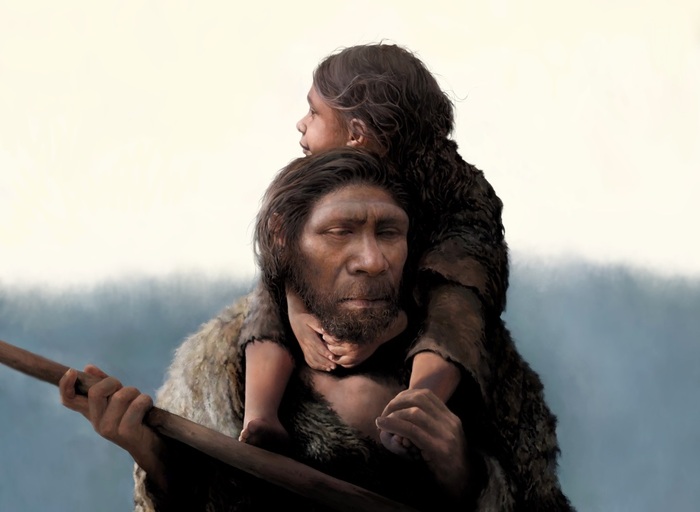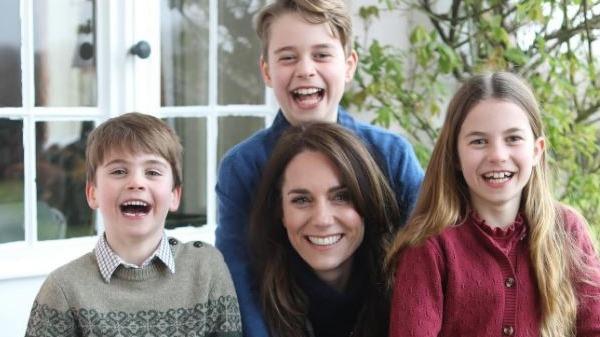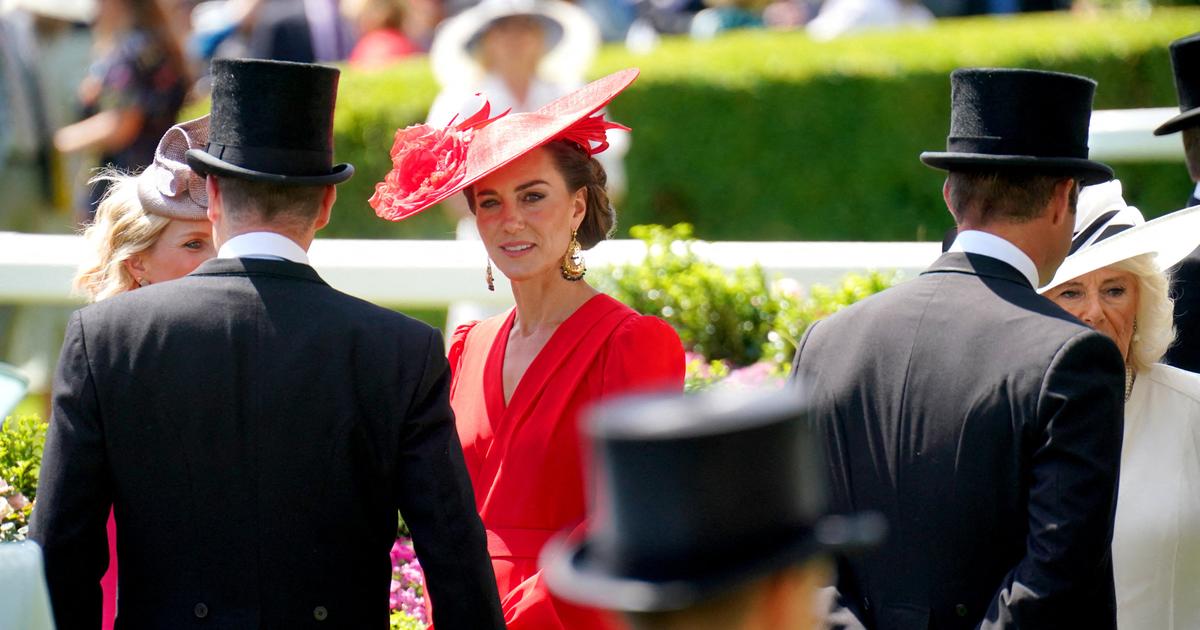A
father with a teenage daughter
and two relatives, possibly a
cousin
and
aunt
, who lived
54,000 years ago
in southern Siberia, in a group
of
13 individuals
: this is the
first portrait of a Neanderthal family
ever obtained .
and the result of
DNA analysis
, thanks to the technique developed by Svante Paabo, winner of the Nobel Prize for Medicine 2022. Paabo is one of the authors of the discovery, coordinated by his laboratory, at the German Institute of Evolutionary Genetics Max Planck Leipzig and published in the journal Nature.
Italy also contributed to the study, with the University of Bologna.
The reconstruction of an entire Neanderthal family is the result of the
most important genetic sequencing work
ever done on these ancient cousins of ours, of whose social organization we still know very little.
So far, despite the great improvements in genetic analysis techniques, it had been possible to study the DNA of just 18 individuals.
The step forward that led to the research published in Nature was made possible thanks to the remains discovered in southern Siberia, in
the Altai Mountains
, in two caves called
Chagyrskaya
and
Okladnikov
.
Here the research team led by Laurits Skov succeeded in extracting
fragments of the genome of 13 Neanderthals
from the remains :
7 men and 6 women
, including
8 adults and 5 children or adolescents
, who lived between 51,000 and 59,000 years ago.
It's a very important set of data, "but what makes this work extraordinary - commented population genetics expert Lara Cassidy of Trinity College Dublin - is that the sequenced individuals are not scattered, but
concentrated in one point .
specific in time and space
, thus providing the
first snapshot of a family group
".
Four of these individuals were in fact closely related to each other, a father with a teenage daughter and a couple of second degree relatives, probably an aunt and a cousin.
"The fact that they were living at the same time is very exciting," Skov noted.
"This means they
probably came from the same social community
and,
for the first time, we can use genetics to study the social organization of a Neanderthal community
," he added.
By comparing the common parts and the differences in genetic sequences, both nuclear and mitochondrial, the researchers not only identified some kinships but were able to reconstruct some possible social relationships.
The data suggests that Neanderthals lived in
groups of about twenty individuals
, with a certain mobility and exchange of people between the various neighboring groups.
Probably, genetic data suggest, to move more between groups were women, who more easily abandoned the original group and moved to other communities, while males were more permanent.
The discovery is a further confirmation of the importance of the genetic techniques developed by Paabo in the study of paleoanthropology and which in recent decades have allowed to revolutionize the knowledge about our ancestors.


/cloudfront-eu-central-1.images.arcpublishing.com/prisa/4RITWNCKAZFB3I3MBXYYKH6YDI.jpg)






